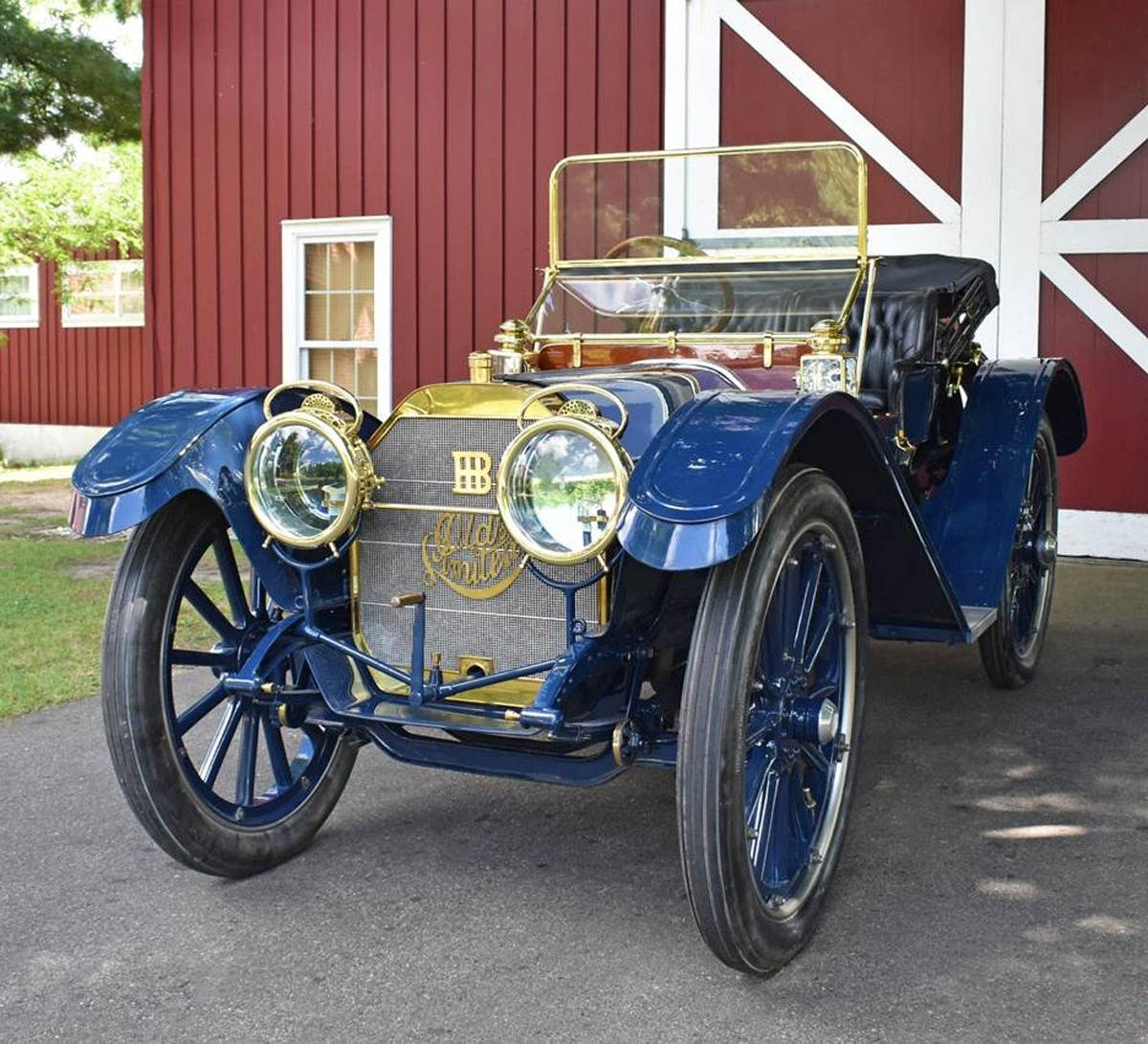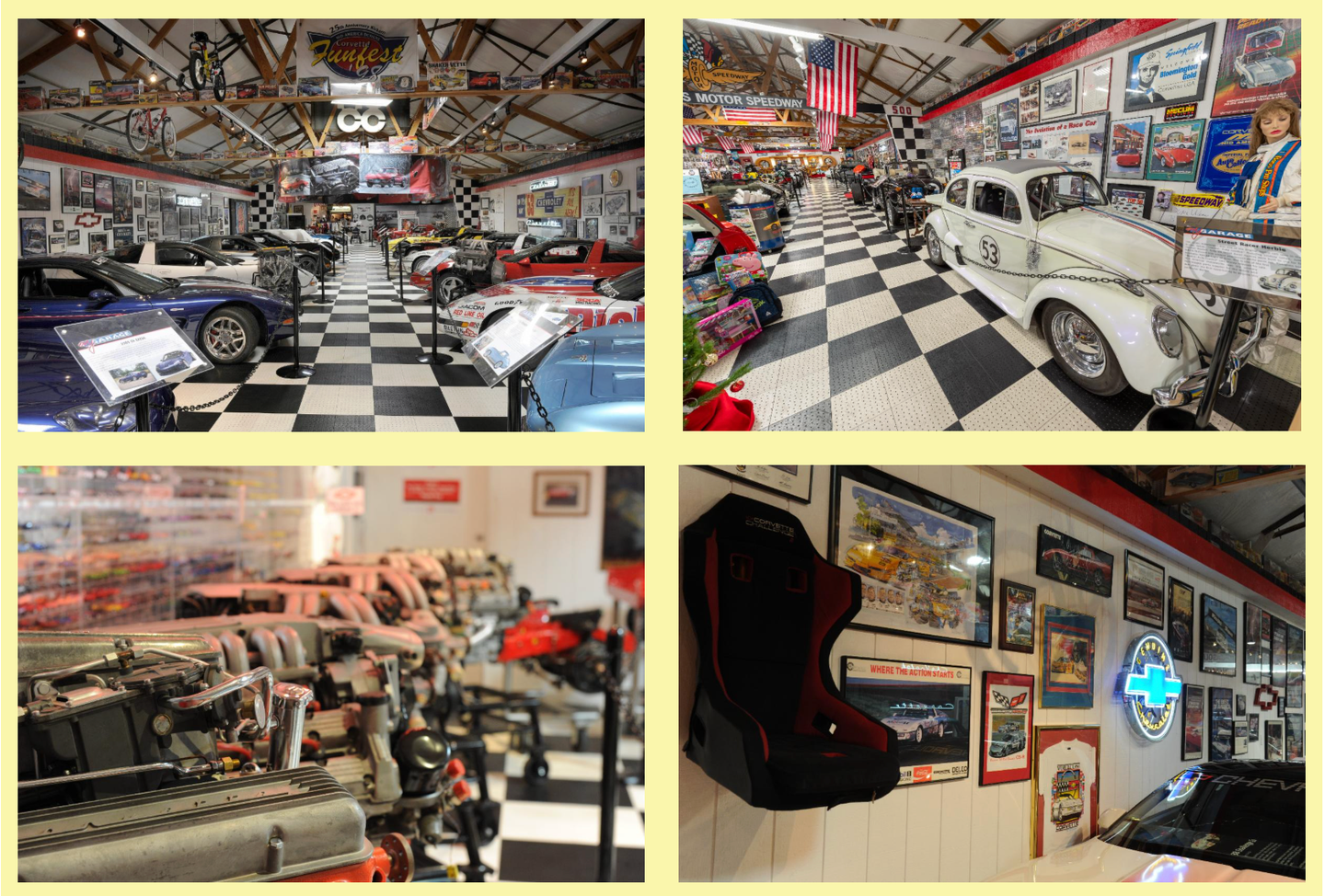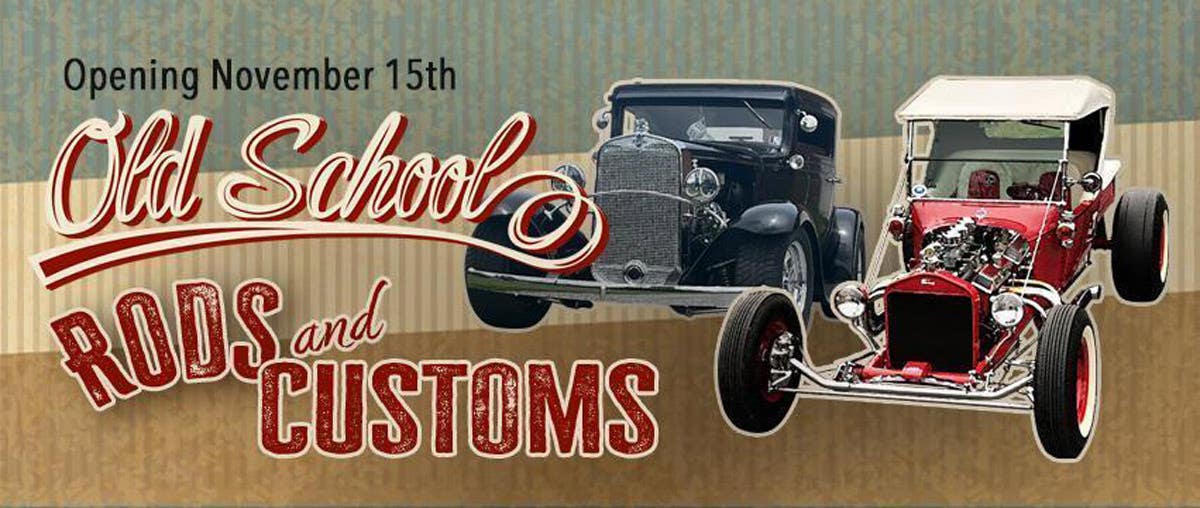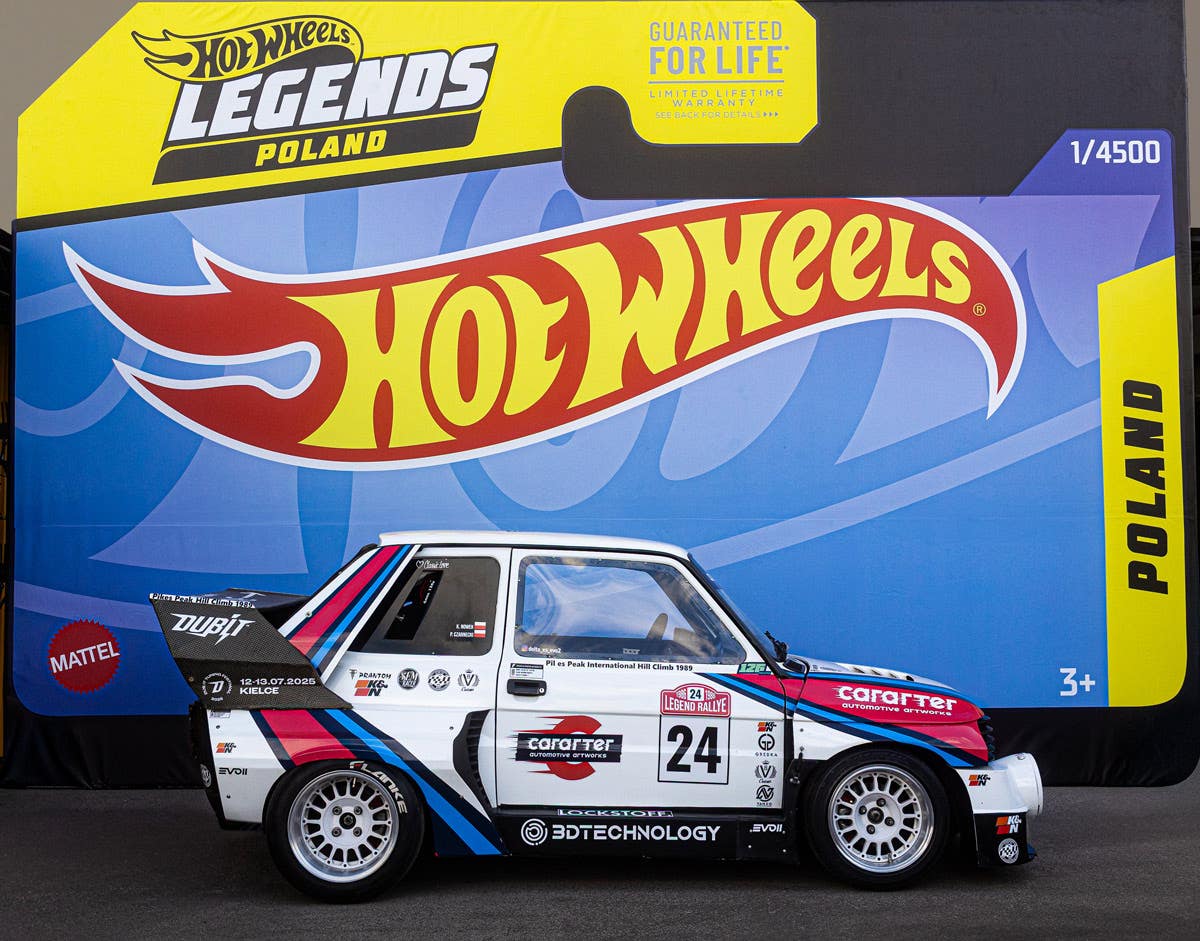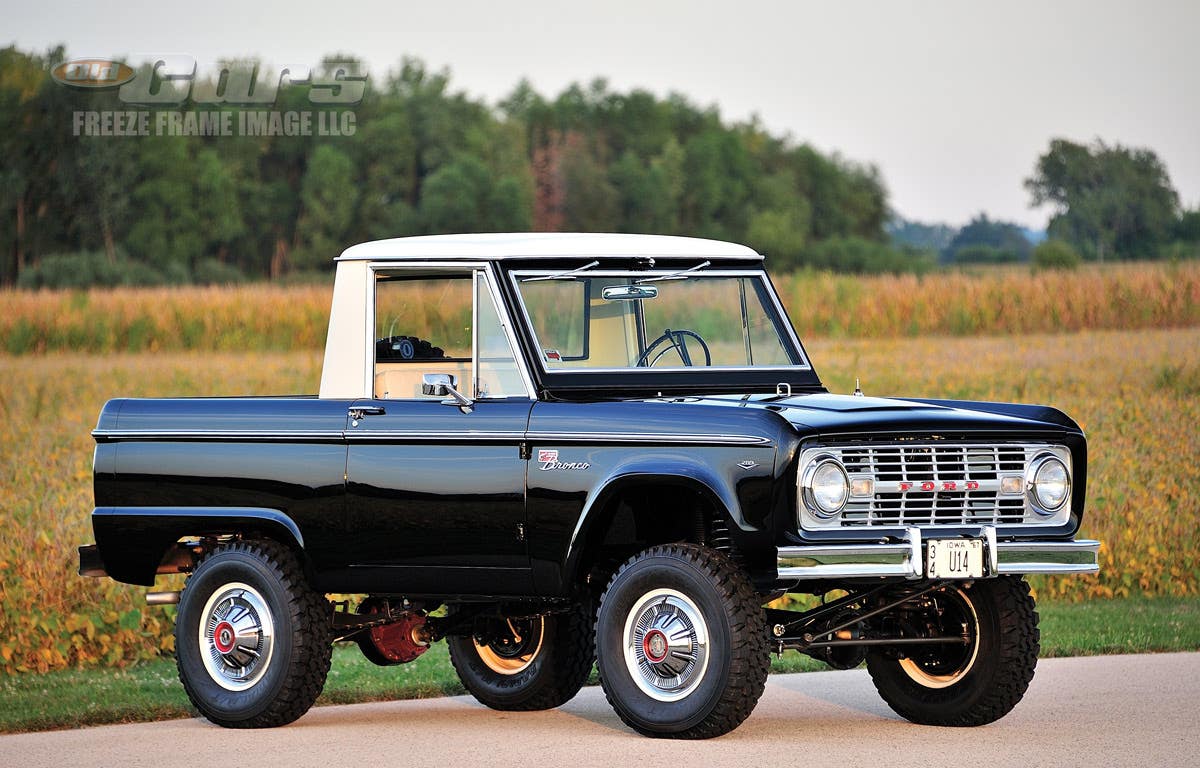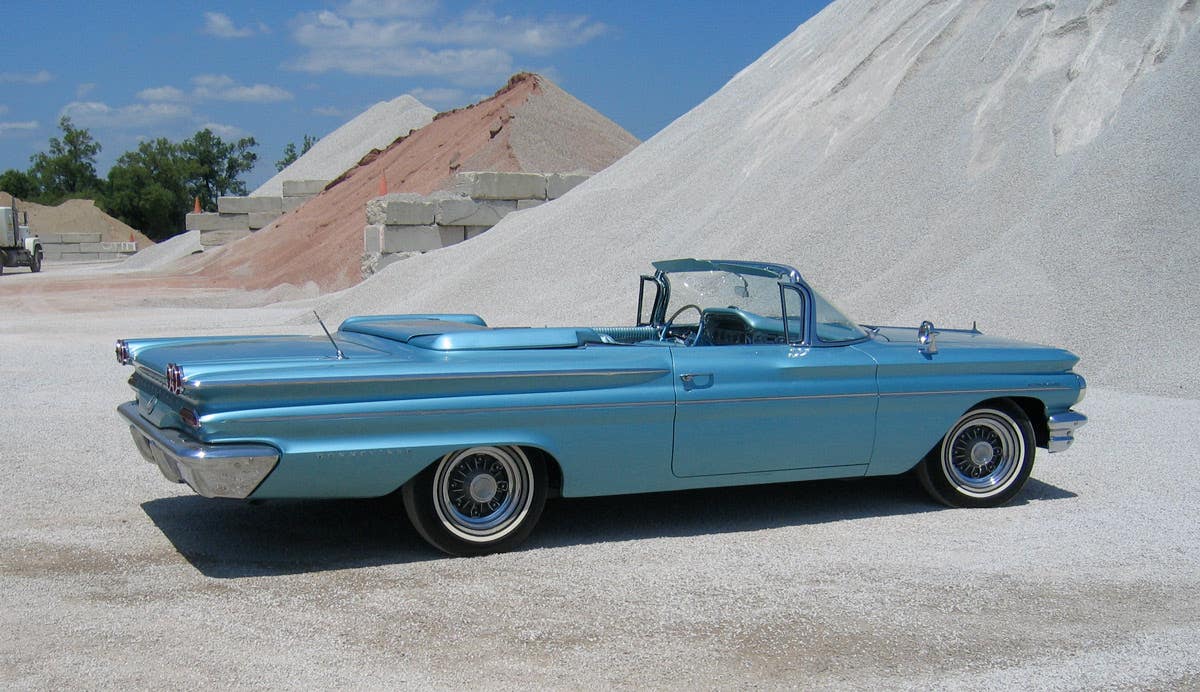Signed, sealed and delivered
On May 16 we finished restoring a 1968 Triumph TR260 that we were very proud to have the opportunity to work on at Gunner’s Great Garage. The TR250 was the…
On May 16 we finished restoring a 1968 Triumph TR260 that we were very proud to have the opportunity to work on at Gunner’s Great Garage. The TR250 was the sixth model in the TR series, which started with the TR2. The TR3 came next, followed by an improved version called the TR3A.
All of these were four-cylinder roadsters. The TR4 was a modernized cat with hooded headlights and some semblance of fins at the rear. It was also a four-cylinder car, as was the improved TR4A. By this time, Triumph had switched to independent rear suspension, but the underpinnings were really very much like the early TRs.
The TR250 looked like a TR4A, except for the wide “racing” stripe running over the front end. This announced to enthusiasts that the TR250 was different—it had an in-line six-cylinder engine under its hood. The clutch was also a bit beefier to take the larger engine’s torque.
Because of more stringent safety and anti-pollution regulations, the TR250 was only produced for one year. Just under 3,000 cars were made. The one we restored has a low serial number indicating that it was the 65th TR250 made. Although some collectors may be surprised at this, TR250 asking prices these days start at around $40,000 and really nice cars can bring as much as $60,000.
This car came into our shop in December of 2015. As British car fans are prone to point out, it was “driven hard and put away wet.” The car had last been driven in the 1980s. It had been painted with a roller, using marine paint. Then, it sat outside for a while. When it came to the shop, it had no interior trim and the transmission was being held in the car with just two loose bolts. Now, 16-1/2 months later, it looks very much like a TR250 must have looked sitting in a showroom in 1968.
On May 16, we brought it back to one of its new homes all signed, sealed and delivered with a new lease on life. It was a fun project at Gunner’s Great Garage, but we also learned a lot that we can use in our future restorations.



